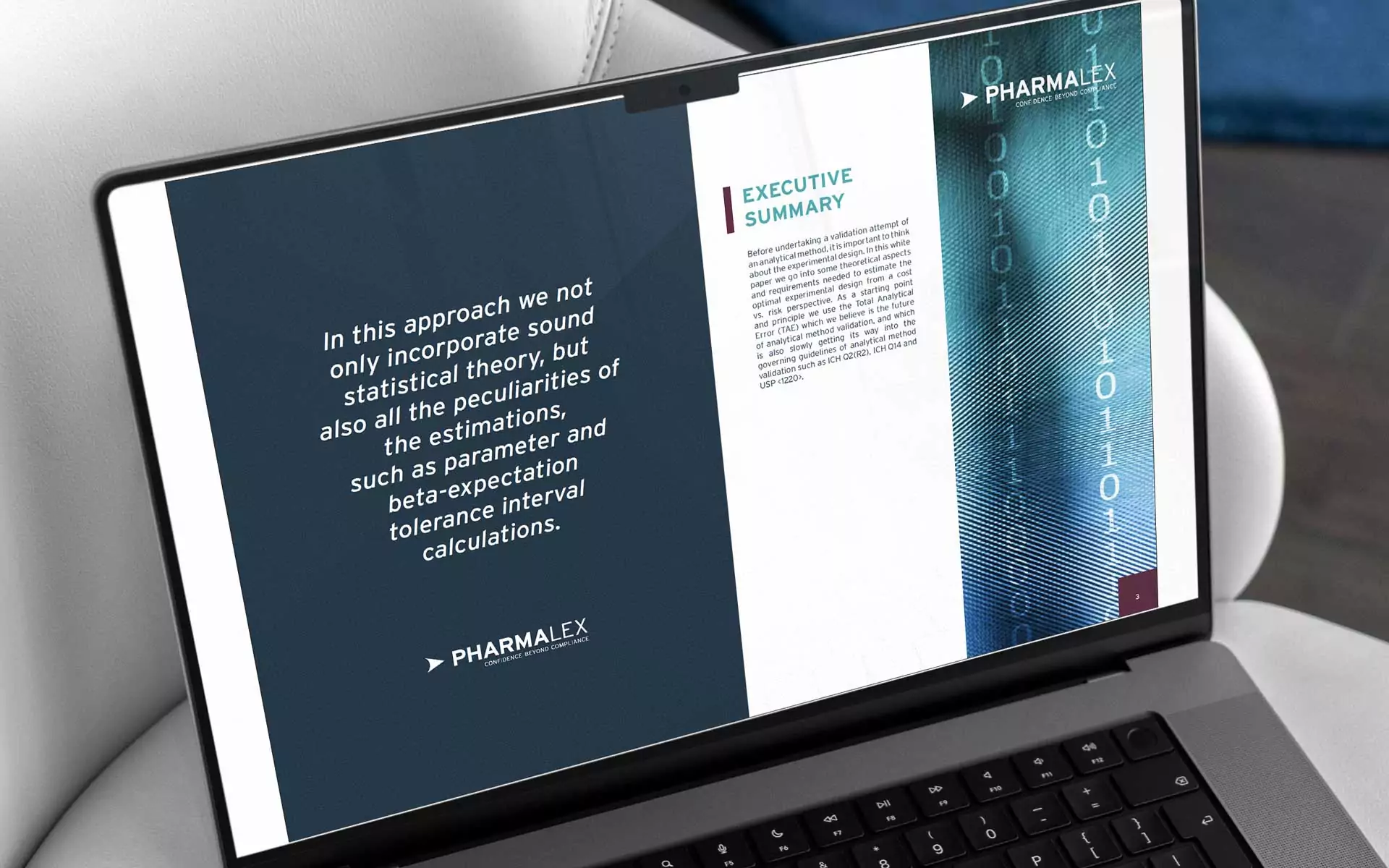The National Institute for Bioprocessing Research and Training (NIBRT) and Cencora PharmaLex collaborated on an event to discuss the EU GMP Annex 1 requirements and how to navigate the road to a successful Annex 1 inspection. The event took place at the NIBRT facility in Dublin on Thursday 9 May 2024. The sold-out event was led by industry leaders, experts, regulators, and pharmaceutical company representatives and was attended by professionals from across Ireland as well as overseas. Annex 1 came into force in August 2023 and remains a hot topic within the industry[i]. Discussions during the event centered on Annex 1 compliance and what challenges industry is now facing in preparation and during inspections against the Annex 1 requirements.
Best Practices for Compliance
With Annex 1 now enforced, sites’ Annex 1 gap assessments are under health authority scrutiny and deemed an important site document by the regulators. During one presentation, it was shared that these gap assessments are seen by some facilities as a tick-the-box exercise, however regulators have a different view on this. The presenter emphasized that the Annex 1 gap assessments need to be a formal document managed in the site’s Quality Management System (QMS) and not maintained as an uncontrolled Excel spreadsheet. It was expressed that each line item of Annex 1 needs to be assessed by the site, with a justification to be included on how compliance with the guidance is demonstrated. If a gap is identified it should describe if the implementation of an interim control is expected as well as generation of Corrective and Preventive Actions (CAPAs) to remediate the gap. A company’s gap assessment should link directly to its Contamination Control Strategy (CCS) and cross-referenced to the interim controls from the Annex 1 gap assessment and associated risk assessments.
An inspector from Ireland’s Health Products Regulatory Authority (HPRA) summarized some of the deficiencies the agency has noted during recent inspections against Annex 1, including:
- No justifying information included on how the company complies with the relevant sections of Annex 1.
- Gaps incorrectly assessed by the site.
- Items were found to still be open with no risk assessment performed on an open gap, no CAPA and no defined timeframe for remediation.
- Identified gaps were not managed through the site’s QMS and no responsible person(s) were assigned to manage the gaps or associated remediation actions.
The application of Annex 1 with regards to other products, including biologics or low bioburden drug substance, were discussed where applicable as the wording within the body of the document is ambiguous, leading to different interpretations of the guidance. A key takeaway was to be prepared in advance of an inspection to present the site’s position to the regulator on what part of Annex 1 applies to your product and process and justify why other parts would not apply.
Cleanroom socks was another hot topic, with debate about whether sites are implementing their use as part of the cleanroom garbing process. The key takeaway from the regulators is that a site needs to have a position ready as to why the company is not using the recommended cleanroom socks.
Pre-Use Post Sterilization Integrity Testing, or PUPSIT, was also discussed, with acknowledgement from the regulator and experts present that it can be complicated to implement. The expectation is that PUPSIT needs to be designed into the process from the start, so early engagement with vendors is recommended.
Annex 1 does have a provision that it is not always possible to implement PUPSIT in a process. However, in response to a specific question on the subject, the regulator responded that potency of the product will not be accepted as a rationale for not performing PUPSIT.
During the HPRA inspector’s presentation it was stated that PUPSIT can be achieved by a redesign of a facilities aseptic process. Audience questions to the HPRA inspector were focused on contract manufacturing organizations (CMOs) that were not actively complying to PUPSIT. The inspector highlighted the onus for PUPSIT application is with the batch certification site and not with the CMO. If CMOs are not adhering to regulations, a company may need to decide on an alternative CMO for the product outsourced.
The key takeaway is that PUPSIT is a regulatory requirement and if other companies can implement it with similar products, regulators expect to see it applied.
ATMPs and the relevance of Annex 1
Another presentation by an industry expert was shared on the relevance of Annex 1 to the manufacture of advanced therapy medicinal products (ATMPs). ATMPs are governed by EudraLex Vol 4, Part IV2 – Guidelines on Good Manufacturing Practice specific to Advanced Therapy Medicinal Products. Industry is still facing challenges with regards to the application of Annex 1 to ATMP manufacturing and in particular if both these guidance documents will be used together or treated as separate requirements. There are many similarities seen between EudraLex Vol 4, Part IV2 and Annex 1. Some similarities noted are:
- Quality Risk Management (QRM) / Risk Based assessment (RBA)
- CCS
- Risk of Contamination
- Guidance on aseptic requirements
- Aseptic process Simulation (Media Fills)
- Premises
- Documentation
- Qualification and validation
- Encouraging the use of new technologies
Despite these uncertainties, Annex 1 cannot be ignored by ATMP manufacturers, and should be embraced as a relevant guidance document.
By embracing Annex 1 guidance, ATMP manufacturers are assured of:
- A comprehensive CCS that defines all the site’s critical control points and assessment of the efficacy of the site’s controls — design, procedural, organization and technical.
- Greater awareness of the different contamination sources across the entire process – from raw materials to manufacturing and storage.
- Insight into how the different elements interconnect and their potential impact on product and patient safety.
- A means to achieve a state of control over a site’s processes to manage product quality and patient safety.
- It can aid with identifying and closing risks identified.
- It creates awareness of the need for new technologies or methods
Doing what is right will help the site avoid potential citation. Companies are encouraged to use the knowledge from Annex 1 and see what can be applied to the site’s process and product to ensure product quality and patient safety. The bottom line is that the manufacturer needs to do all they can to prevent the introduction of any additional bioburden to the process.
Key takeaways from this event:
- Annex 1 gap assessments are being assessed and a site needs to have their position ready around any gaps that are still open.
- A site’s Annex 1 gap assessment needs to be managed through the company’s QMS.
- Open items in the gap assessment need to have a documented risk assessment to determine risk and impact to the patient of them remaining open.
- Where needed, interim measures might be required to go from the current state to the desired state.
- A site’s gap assessment needs to be honest and bad practise cannot be accepted or justified.
- The gap assessment needs to be cross-functional including site personnel who are knowledgeable on the processes and systems.
- Non-sterile and biologics manufactures need to have a site position prepared on what parts of Annex 1 apply to their process and product, and justify why the remaining parts do not apply.
- Cleanroom socks are still a controversial topic. The site needs to have a position ready as to why they choose not to use them.
- PUPSIT is a regulatory requirement. Potency of your product is not an acceptable rationale for not performing PUPSIT.
- CCS is not being actively used by sites. Dedicated resources may be required to support ongoing maintenance of this document. Deviations should be linked back to the CCS to understand what part failed.
- There is an over-reliance on vendor and supplier documentation to support a site’s CCS. A closer look at the site’s CCS is needed to understand what aspects are linked to the vendor and supplier documentation and a thorough assessment undertaken to determine the risk and impact to the patient if this control measure were to fail.
- Annex 1 cannot be ignored by ATMP manufacturers and should be embraced as a relevant guidance document.
Summary
With regulators now assessing sites’ Annex 1 gap assessments for compliance, it is advisable that these link directly to the company’s CCS with all interim controls and associated risk assessments cross referenced. The gap assessment needs to be performed by a cross functional team, and an unbiased assessment needs to be performed by individuals who have the correct expertise and knowledge.
Throughout the event the focus was on the need to apply justification if any part of Annex 1 is not applied at your facility. Additionally, presenters discussed the many benefits that can be gained from taking the knowledge in Annex 1 and applying it to other manufacturing process, such as ATMP manufacturing. Ultimately, doing what’s right can help your site avoid potential citations and, as presenters emphasized, the bottom line for all facilities is that manufacturers need to do everything they can to prevent the introduction of additional bioburden to the process.
Do you have questions and concerns about application of Annex 1 and how that will impact a site inspection? Or have you had an inspection that resulted in problems being noted by the inspector? We would be interested in hearing your experience.
About the author:
Louise Uí Fhatharta is Manager/Consultant at PharmaLex, drawing on more than 20 years of experience as a quality professional in microbiology, quality control and quality assurance roles in the pharmaceutical industry. She has been involved in facility and laboratory expansion projects from design through to method transfer and operational readiness. She has supported sites in a capacity of quality, sterility assurance and microbiology lead. And she has successfully led FDA, HPRA and DEKRA Health Authority inspections.
References:
- EudraLex Volume 4 Good Manufacturing (GMP) Guidelines – Annex 1, Manufacture of Sterile Medicinal products (2022) . Accessed through: https://health.ec.europa.eu/system/files/2022-08/20220825_gmp-an1_en_0.pdf
- EudraLex The Rules Governing Medicinal Products in the European Union Volume 4 Good Manufacturing Practice Guidelines on Good Manufacturing Practice specific to Advanced Therapy Medicinal Products (2017). Accessed through: ad33d9dd-03f0-4bef-af53-21308ce2187d_en (europa.eu)








